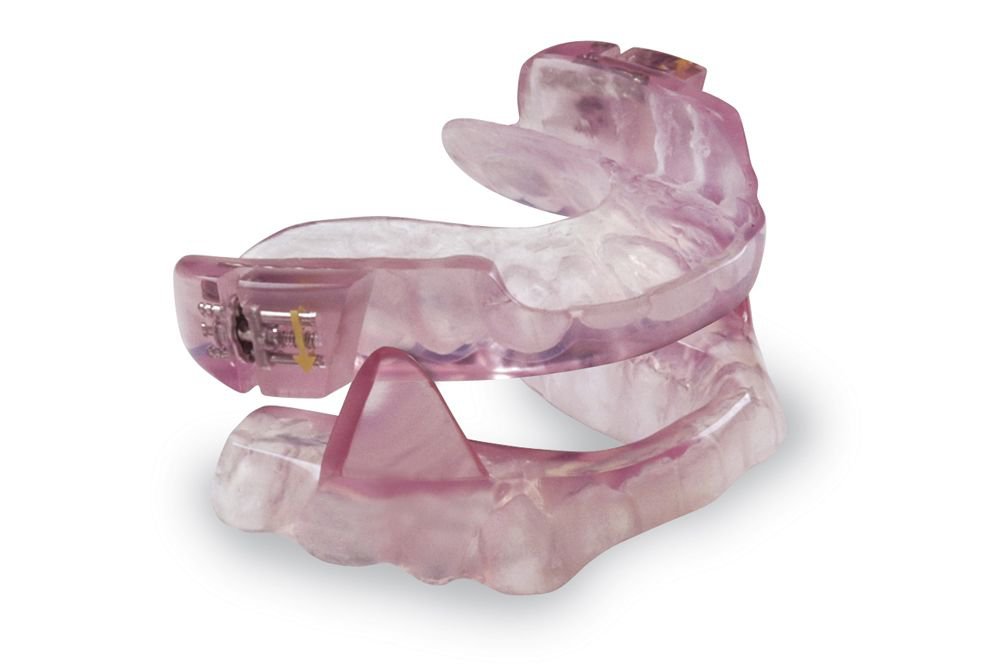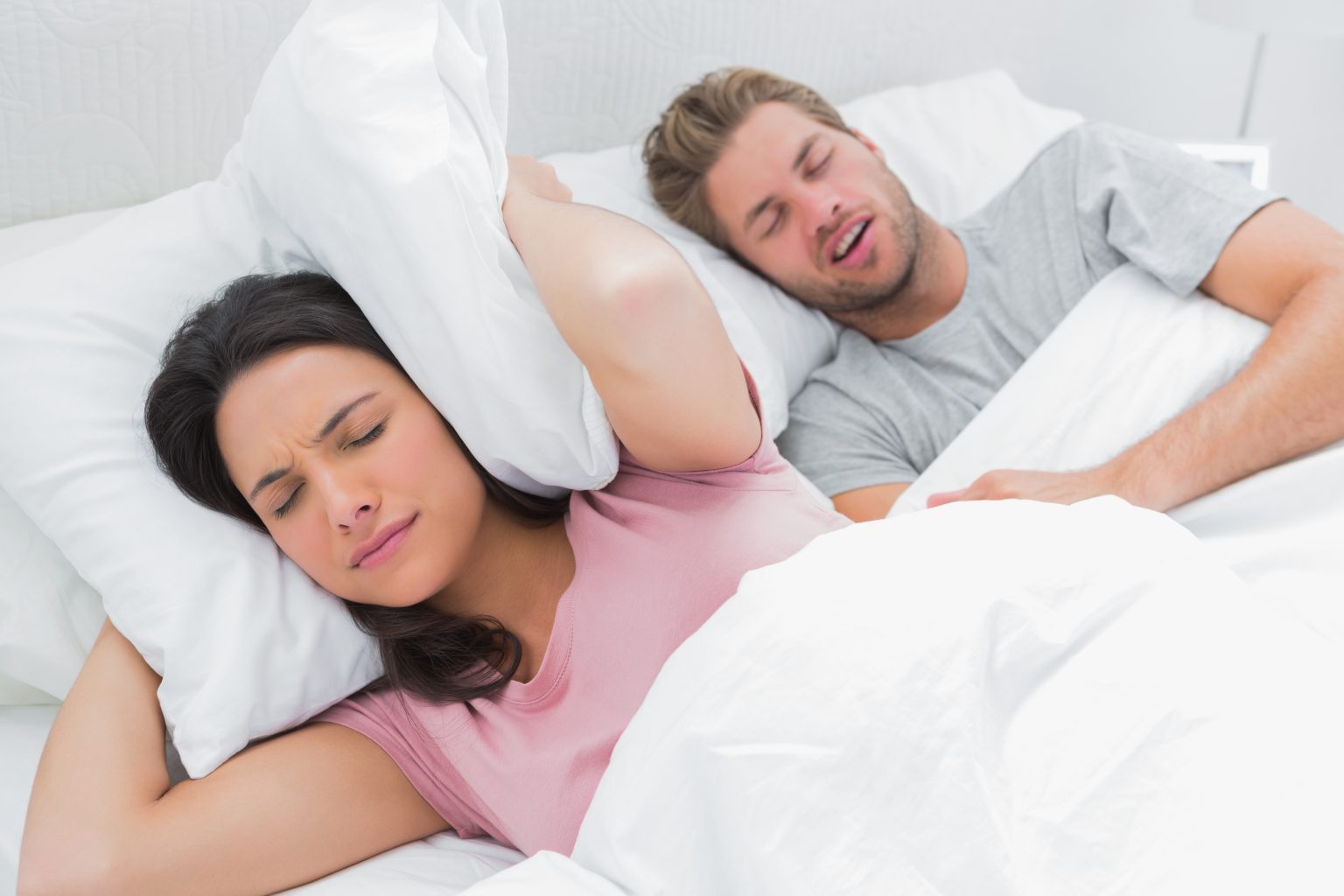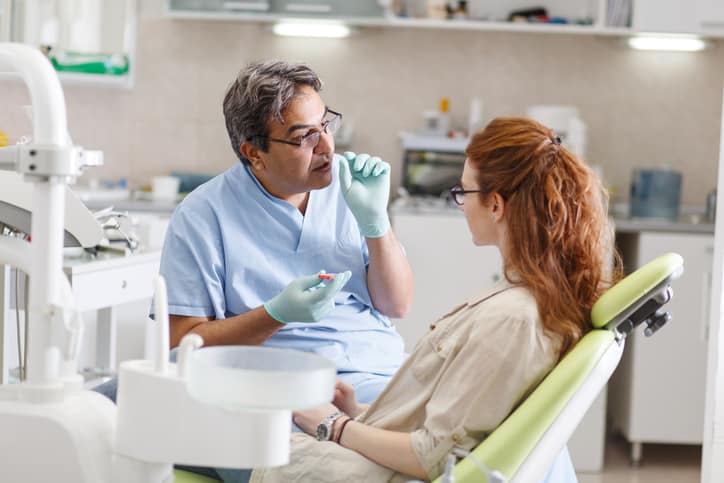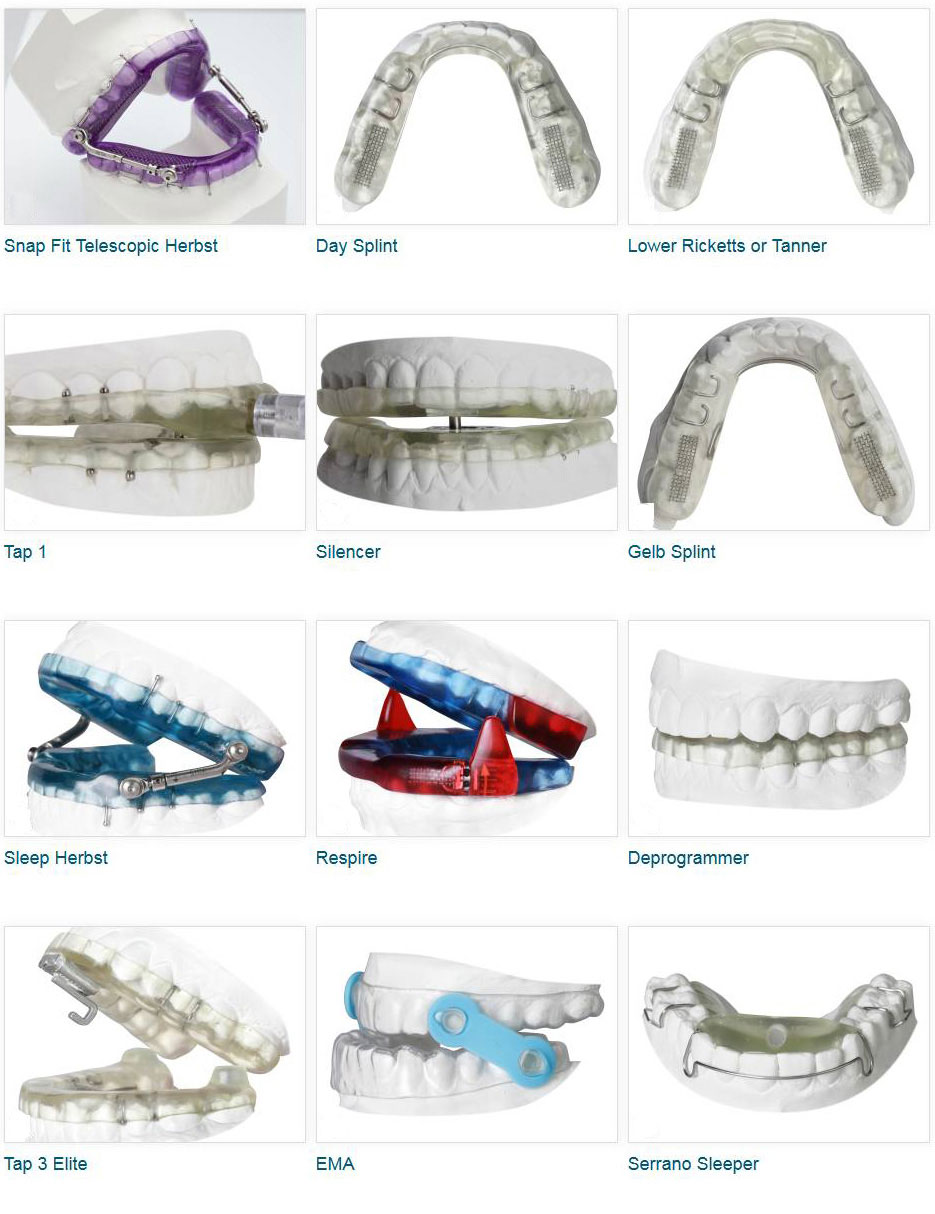Appliance apnea southlakestyle appliances obstructive
Table of Contents
Table of Contents
Dental appliances for sleep apnea and treatment quality assessment are essential for individuals with sleep apnea, a condition in which breathing repeatedly stops and starts during sleep. This condition can lead to several health problems, including hypertension, heart diseases, and stroke. Therefore, it is crucial to receive proper treatment and use dental appliances to improve the quality of sleep and overall health.
Pain points related to Dental appliances for sleep apnea and treatment quality assessment
Individuals with sleep apnea often experience loud snoring, excessive daytime sleepiness, morning headaches, and difficulty concentrating. These symptoms can make it challenging to sleep and function normally during the day, affecting work performance and relationships. Moreover, poor quality of sleep due to sleep apnea can lead to several health issues, including high blood pressure, heart disease, and stroke. A regular sleep schedule, losing weight, and avoiding alcohol and sedatives can alleviate sleep apnea symptoms, but using dental appliances for sleep apnea treatment is often necessary.
Target of Dental appliances for sleep apnea and treatment quality assessment
In dentistry, Oral Appliance Therapy (OAT) is a common treatment for obstructive sleep apnea (OSA). OSA occurs when the airway becomes blocked during sleep, causing multiple oxygen drops throughout the night, leading to sleep disruptions. Dental appliances for sleep apnea come in two types: mandibular repositioning devices and tongue retaining devices. Both are designed to move the jaw forward, thus opening the airway and improving breathing during sleep. Therefore, the target of Dental appliances for sleep apnea and treatment quality assessment is to assess the efficacy of dental appliances in treating sleep apnea and improving the quality of sleep.
Summary of Dental appliances for sleep apnea and treatment quality assessment
The use of dental appliances for sleep apnea treatment is essential in improving the quality of sleep and preventing numerous health issues associated with the condition. Dental appliances, such as mandibular repositioning devices and tongue retaining devices, help to move the jaw forward during sleep, thus opening the airway and eliminating breathing obstructions. However, it is crucial to assess the quality of treatment and efficacy of dental appliances to ensure their effectiveness in treating sleep apnea.
Dental appliances for sleep apnea and treatment quality assessment: A Personal Experience
As an individual with sleep apnea, I understand how disorienting and disruptive it feels to have poor sleep quality. In my case, loud snoring was a prominent symptom that woke me up at night, disturbing my sleep. One of my dentists recommended using a mandibular repositioning device that helped move my jaw forward and opened up my airway. This dental appliance greatly improved my sleep quality and eliminated my snoring, allowing me to sleep through the night. However, it is crucial to consult a dentist before using any dental appliance and undergo regular quality assessments to monitor their effectiveness and safety.
Types of dental appliances for sleep apnea and treatment quality assessment
As mentioned earlier, dental appliances for sleep apnea come in two types: mandibular repositioning devices and tongue retaining devices. Mandibular repositioning devices push the lower jaw forward to open the airway, and tongue retaining devices hold the tongue forward to alleviate breathing obstructions. Mandibular repositioning devices are the most common type of dental appliance for sleep apnea and can be customized to fit the patient’s teeth and jaw precisely. Treatment quality assessment of dental appliances involves monitoring the patient’s sleep quality, symptoms, and compliance with using the appliance.
Side effects of dental appliances for sleep apnea
Dental appliances for sleep apnea are safe and effective, but certain side effects may occur, such as jaw discomfort or pain, oral dryness, or excessive salivation. These side effects typically resolve on their own or with minor adjustments to the appliance. Regular check-ups with a dentist or sleep specialist help to monitor the effectiveness of dental appliances for sleep apnea and avoid the occurrence of potential side effects.
Question and Answer
Q1: Are dental appliances for sleep apnea covered by insurance?
A: Yes, dental appliances for sleep apnea may be covered by insurance, but it depends on the type of appliance and individual insurance policy. It is essential to consult with your insurance provider and dentist to determine coverage and associated costs.
Q2: Can I use a dental appliance for sleep apnea instead of a Continuous Positive Airway Pressure (CPAP) machine?
A: While CPAP machines are considered the gold standard in treating sleep apnea, dental appliances can be an effective alternative for individuals with mild to moderate sleep apnea or cannot tolerate CPAP machines’ side effects.
Q3: How often should I get my dental appliances checked?
A: It is recommended to have regular dental check-ups every six months and schedule appointments with a sleep specialist yearly. During these visits, the dentist or sleep specialist can assess the treatment effectiveness of dental appliances and make necessary adjustments to improve therapy’s quality.
Q4: How long can I use my dental appliance?
A: The recommended duration of using dental appliances for sleep apnea depends on individual needs and the severity of sleep apnea. Dental appliances can last up to five years, after which they may need replacement or adjustment. It is essential to consult with a dentist or sleep specialist to determine the optimal duration of using dental appliances.
Conclusion of Dental appliances for sleep apnea and treatment quality assessment
Dental appliances for sleep apnea treatment are an effective and safe alternative for individuals with mild to moderate sleep apnea to improve their sleep quality and prevent associated health issues. To ensure the quality of treatment, it is crucial to undergo regular check-ups with a dentist or sleep specialist, who can monitor the efficacy of dental appliances and avoid potential side effects. If you suspect you have sleep apnea or experience symptoms such as loud snoring, morning headaches, or excessive daytime sleepiness, schedule an appointment with your dentist or sleep specialist to discuss treatment options.
Gallery
Dental Appliances For Sleep Apnea Georgetown TX - Oral Appliance Therapy

Photo Credit by: bing.com / sleep appliances dental georgetown apnea tx oral obstructive therapy appliance
Best Oral Appliance For Sleep Apnea - Hhowelldesigner

Photo Credit by: bing.com / appliance apnea southlakestyle appliances obstructive
How Oral Appliances Help With Sleep Apnea And Other Concerns | Absolute

Photo Credit by: bing.com / apnea
Types Of Sleep Apnea Dental Appliances In Michigan | Clinton Dental Center

Photo Credit by: bing.com / apnea sleep dental types appliances michigan
Sleep Apnea Glendale | Glendale Dentist | Pacific Dental Care

Photo Credit by: bing.com / sleep apnea appliances tmj dental orthodontic dentist treatment canada



